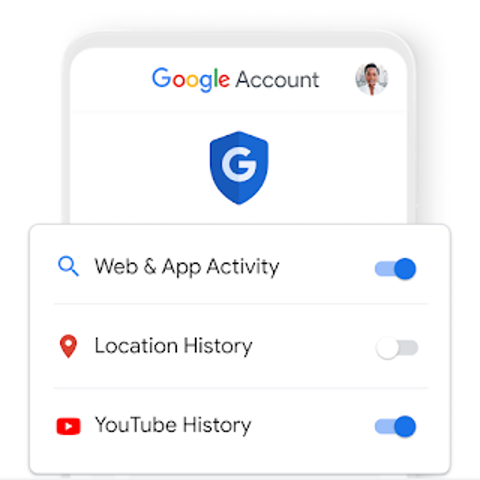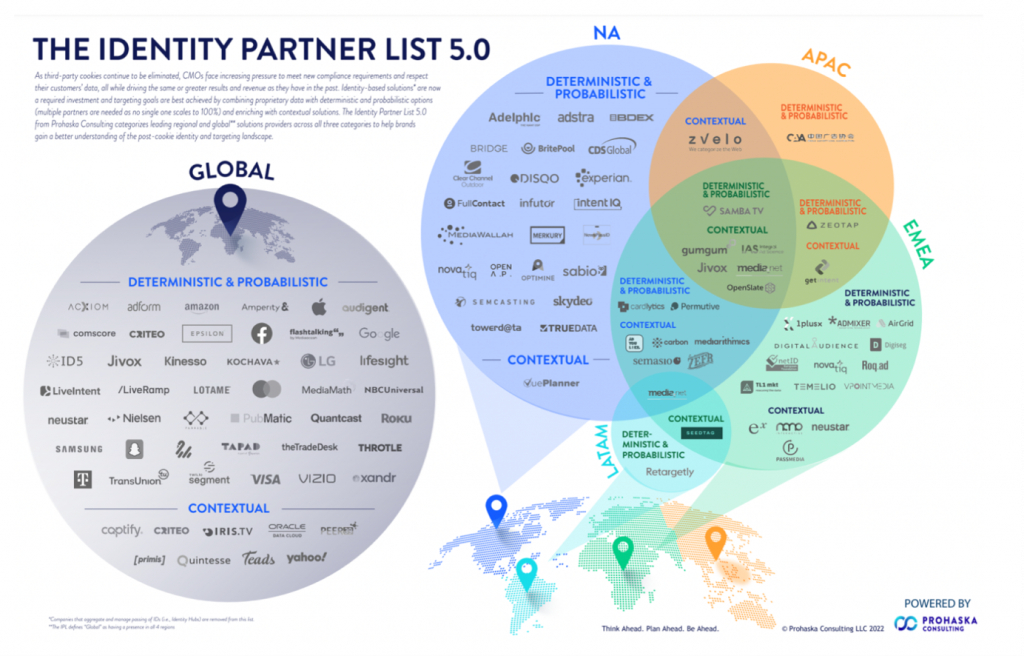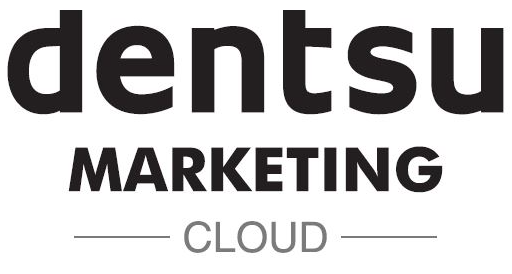2020
Globally this will always be known as the year where we redefined normalcy due to the COVID pandemic. However, tech giants were dealing with another crisis that was a long time coming – Saying Goodbye to Third-Party Cookies. Deprecation of 3P cookies became the major focus for ad-tech companies, especially with Google announcing that it would aim to do this by the end of 2022. Several announcements and updates by various companies followed, these were about solutions introduced or will be implemented to adapt to the changes.
In hindsight, what we were seeing is how the emphasis on the digital privacy of a consumer was reshaping the internet, something that is being worked on to this day.
So, it’s been three years, where are we now? As an industry, have we taken two steps front and four steps behind OR have we gone marching ahead towards enabling a consumer-privacy-focused worldwide web? In this blog, I have taken a quick look at this by considering the situation from three major lenses – Consumers, Tech-companies, and Brands. Are things any different for these entities? or how they have responded to the deprecation of 3P cookies?
3P cookies were essentially pieces of data stored by sites other than the ones people visited, in order to track a user’s movement across the web. The growing concern about consumer privacy is what led to the emphasis of deprecating third-party cookies. There are some changes that we have already started to notice as users of the internet.

Consumer
- Increased control and transparency – Today it’s far easier for users to understand in what manner their data is going to be used by websites, apps, devices, etc. Moreover, users have greater control over their privacy settings and can choose what brands, and services they want to share their personal data with.
- Better user experience – The widespread adoption of third-party cookies would often cause websites to slow down and cause lags while trying to do basic tasks. As per a UK-based SEO company, 53% of mobile site visits are abandoned if pages took longer than 3 seconds to load. Load times have certainly decreased with browsers and websites phasing out the use of 3P cookies. Additionally, technologies are emerging which can provide a balance between personalized ads and user privacy, giving users the added benefit of getting better ad experiences
Ad-Tech Companies
The end of 3P cookies won’t necessarily mean the end of tracking users. What it means is that the industry must find a way to track a user’s journey without violating their PII (Personally Identifiable Information). Let’s see how the industry leaders have responded to this necessity as an initiative at adapting to a cookieless future.
Yes, we know that Google has further delayed the 3P cookie deprecation to 2024. This begs the question of what’s taking them so long compared to other browsers. Google introduced the Privacy Sandbox as an initiative to come up with solutions that would prevail in the cookieless future for advertisers to use. Solutions like FLoC (Federated Learning of Cohorts) and FLEDGE (First Locally-Executed Decision over Groups Experiment) have been rolled out for experimentation purposes.
‘The tests have been plagued by several issues, including bottlenecks around the API’s availability in Chrome and the fact that supply-side platforms (SSPs) have not delivered a compatible solution that would provide publisher ad inventory to demand-side platforms (DSPs) in the trial’ says RTB House who’s part of the trial.

In Oct’22, Google announced PAIR (Publisher Advertiser Identity Reconciliation), a new identity solution designed to give publishers and advertisers a platform to securely reconcile their first-party data (via DV360) if a consumer has visited both sites. While Google struggles with a compatible solution to replace 3P cookies, they want to encourage the use of first-party cookies as much as possible. While the jury is still out on this clean-room style solution, Google is expecting brands and publishers to adopt this soon in the upcoming future.
Apple
Stating that ‘Privacy is a fundamental human right’, Apple were among the first to allow users to block 3P cookies on their browser in 2014. In 2019, Firefox followed suit and adopted the same on their browser. So, when the 3P cookie deprecation became the focus in 2020, Apple was prepared. They reduced their browser cookie lifetime from 30 days to 24 hours making it difficult for 3P cookies to track a user’s journey.
Eventually, Apple rolled out the much-awaited iOS 14.5 update in 2021 that introduced ATT (App Tracking Transparency). ATT, launched in the interest of consumer consent, mandated users to opt-in to each individual app consenting to have their data tracked across apps or websites for advertising purposes.
Meta
The iOS 14.5 update severely restricted the information a Facebook Pixel was able to collect about iPhone users. This hampered measuring the effectiveness of an ad for all advertisers using the platform for their campaigns. To combat this, Meta came with Conversions API which gave advertisers the ability to use their own marketing data to optimize ad targeting.
This solution was positively received as it was less reliable to any change in browser policies (like the pixel) and additionally, it gave brands more control over what data they wanted to share. On testing, the solution was also able to offset some of the targeting issues made apparent by the iOS 14.5 update.
Other ad tech players
While Google and Meta are responding by building higher-walled garden ecosystems, there are other ad-tech companies who have seen this as an opportunity and introduced identity-based solutions for the open internet. Trade desk’s Unified ID and Lotame’s Panorama ID being the popular ones focus on the creation and adoption of a universal ID that would work across devices and browsers. The difference being TTD’s UID and UID 2.0 follows a more deterministic approach as it considers email addresses for their id while Panaroma probabilistically combines identifiers with behaviours. There are many other tech-based companies playing in this field to create an alternate and scalable solution for the post-cookie era.

Brands
At the centre of the cookie-crumbling struggle is the internet’s lifeblood – advertising. The $522.5 Bn industry (in 2021) is what provided the necessary oxygen for the internet to survive and provide a plethora of content to users for free. But in exchange, people’s movements were tracked making it possible for brands to target and advertise to them.

In the post-cookie era, brands are now looking at newer solutions with privacy at their helm to comply with regional and global laws and regulations.
- Leveraging First-Party Data– It’s a no-brainer for brands to first look inwards and see what they can do with the resources they have at hand. This is where most brands are prioritizing using and collecting first-party data through proper consent. This data can further be used to personalize and target audiences for different campaigns.
- Universal ID solutions– These ids are meant to be shared by publishers and platform owners to map users without relying on 3P cookies. These solutions will help the brand measure its ad effectiveness across its marketing efforts on various platforms.
- Contextual advertising– The concept of targeting ads based on the content of a webpage or app in order to appeal to a user’s interests or behaviour has started to gain traction again. A lot of brands are revisiting this approach while they still understand how to navigate through the uncertainties that the newer solutions present.
- Cohort-based targeting-Analyzing browsing behaviour and grouping people into interest-based cohorts is helping brands overcome the privacy concerns posed by 3P cookies. Since each cohort will have a unique identifier, there will be no need for brands to rely on PII to target audiences. While the technology is still being developed into holistic solutions, the concept is deemed to play a pivotal role in the future of advertising.
According to an article by MarTech, “An equal number of marketers (25%) feel positive about probabilistic identity solutions — solutions that resolve data from a number of sources into a single, probable identity — and contextual solutions. Almost the same percentage (24%) favour targeting cohorts. (Note: The report does not clearly distinguish between the use of contextual identity and cohorts, both of which group audiences based on behaviour.)” Get in touch to know more about how the Dentsu Data and Product team is helping brands achieve their KPIs with a privacy-first approach.



